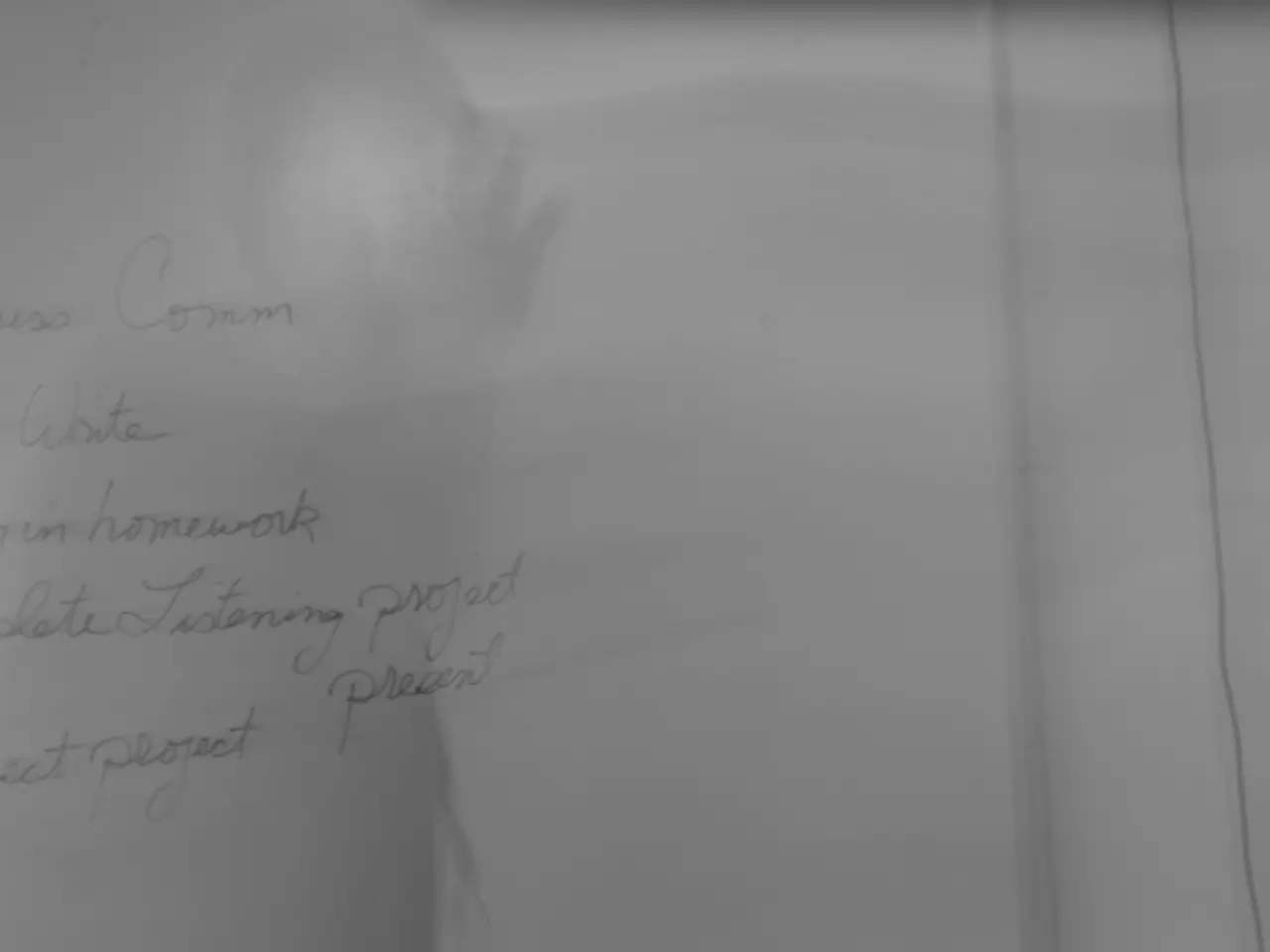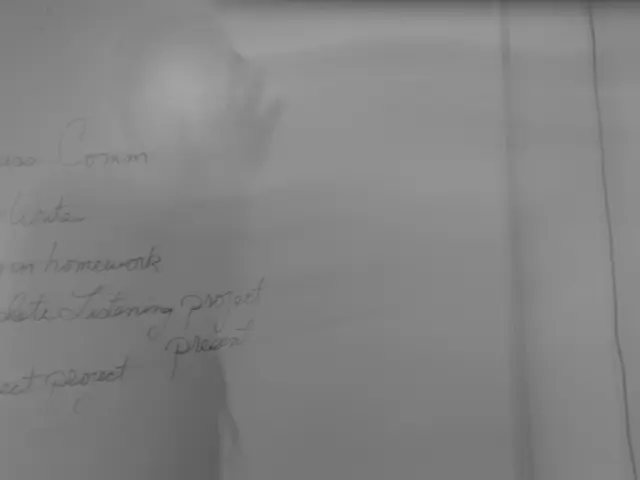Regulatory Capture Drives Wealth Disparity in Democracies
Regulatory capture, a phenomenon where powerful entities manipulate the state for personal gain, has been on the rise. This trend, coupled with corporations bidding for favours in democracies, has led to a significant shift in wealth distribution.
Since 2009, the top 0.1% have seen their share of financial assets soar by 34%, while the bottom 50% have witnessed a 26% decrease. This drive, often referred to as 'increasing shareholder value', is facilitated by predatory practices such as price-fixing and monopolizing.
Corporations fund political campaigns and lobby for favourable regulations, funnelling their gains back into the system. This cycle, normalized by the revolving door between government agencies and corporations, has led to a significant wealth disparity. Originally intended to protect resources and power, governments now often enable this exploitation.
The systemic cost of regulatory capture is substantial, including economic stagnation and societal decay. As the wealth gap widens, it is crucial for democracies to address this issue and ensure that regulations serve the public interest, not just private gains.
Read also:
- Trade Disputes Escalate: Trump Imposes Tariffs, India Retaliates; threatened boycott ranges from McDonald's, Coca-Cola to iPhones
- Aquatech purchases Koch's Direct Lithium Extraction business, merging Li-ProTM DLE technology into the PEARLTM Technology Platform.
- Nepal's Journey: Evolution from Street Life to Political Power
- Li Auto faces scrutiny after crash test involving i8 model and a truck manufacturer sparks controversy




